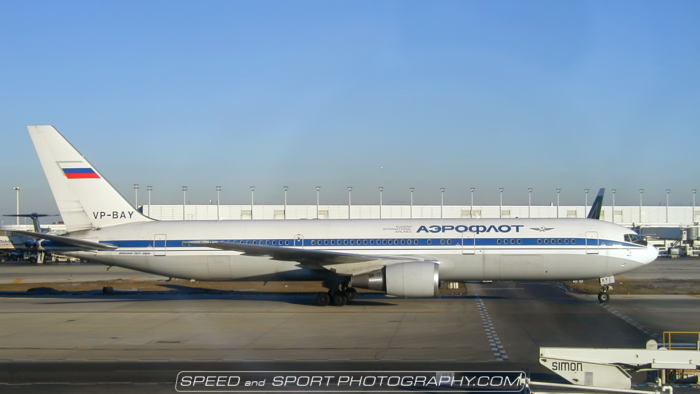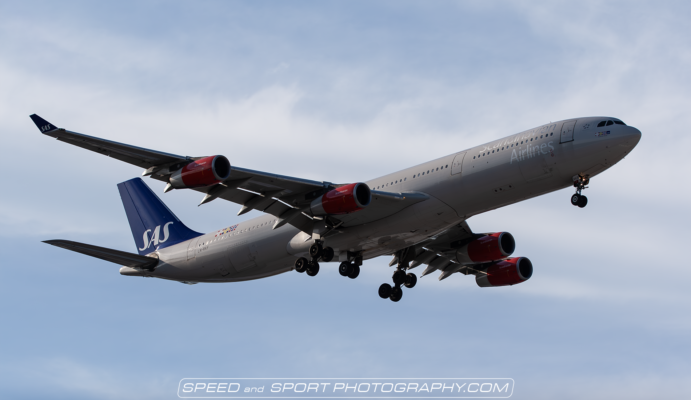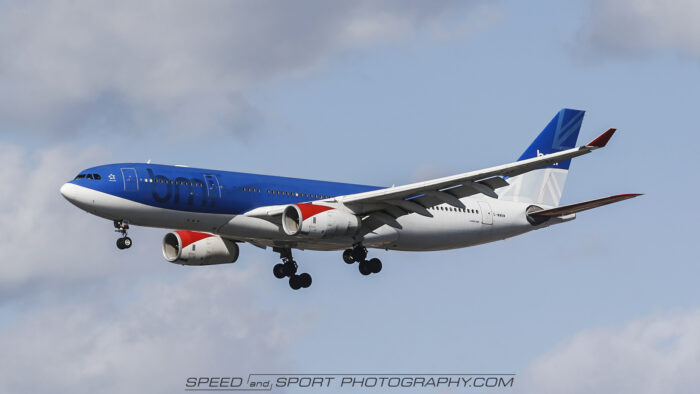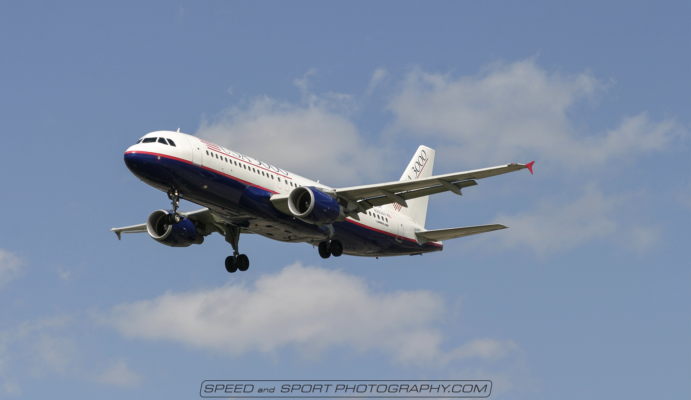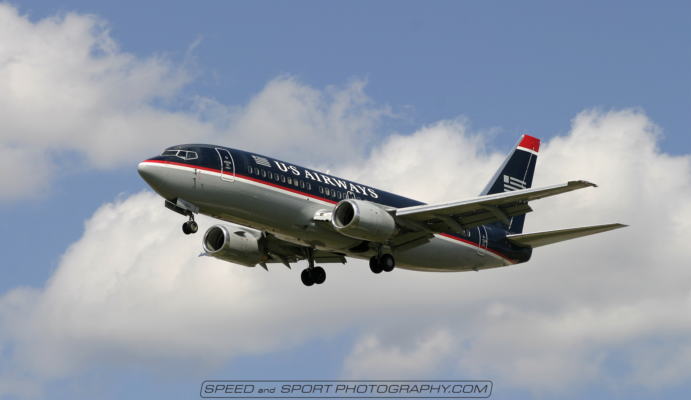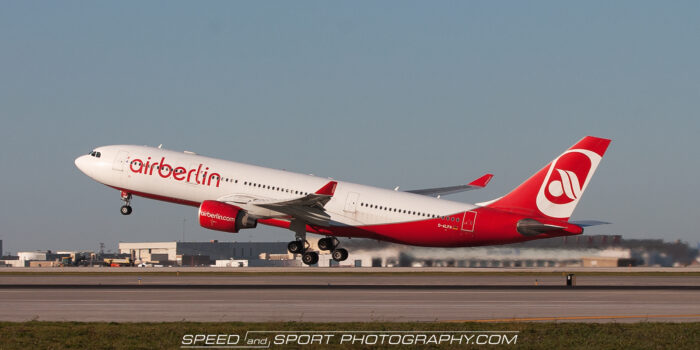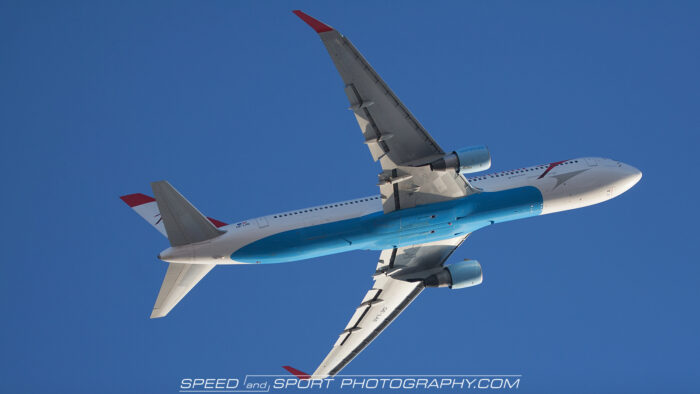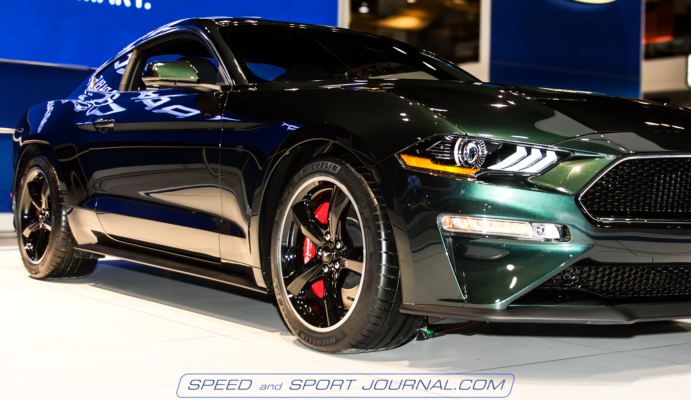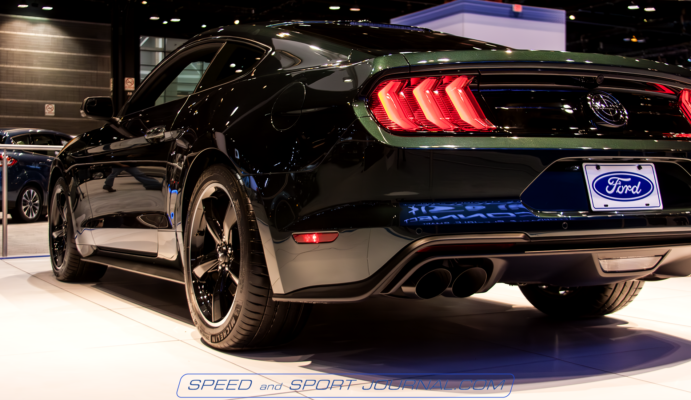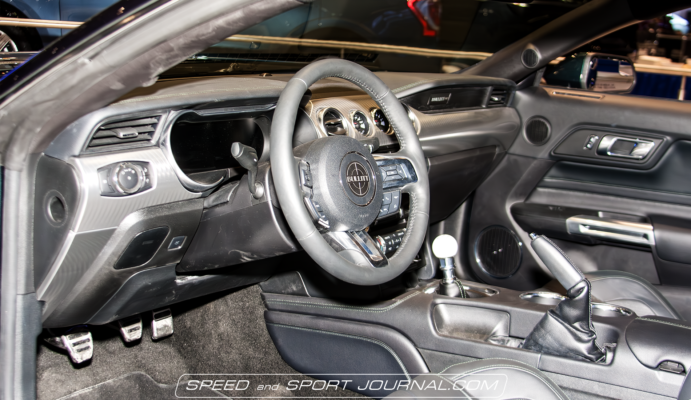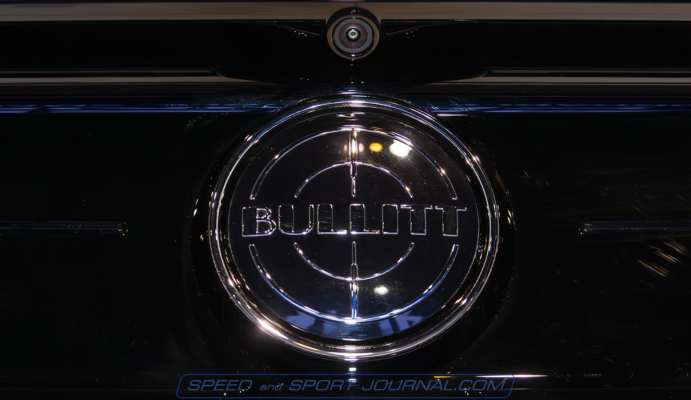
With anything I become passionate about, I watch and read everything I can about it in an effort to gain more knowledge, and improve my skills. I have been a serious photographer for twenty years, more than some, but much less than others. Upon watching many of the professed camera reviewers on YouTube, you can’t help but get the feeling that if you are starting out today, you would have to have at least a 45 megapixel mirrorless camera. Nothing else will yield satisfactory results. You might also get the impression that no good photographs were taken until recently.
In the mid 2000’s when the great film verses digital debate was raging, I ran across an article in some publication that I now do not remember which proved just how pointless the debate was becoming. It was a comparison study done by some university on the west coast of film verses digital. The purpose was to determine how many megapixels were needed to produce an 8×10 print that was indistinguishable from film. They printed identical images taken with both platforms. The shocking number was only 5 megapixels.
I suggest you take most reviews with a grain of salt. Obtain the information you need about the equipment, and make your own decision based on how you will use the camera. Not on how they use it. An example of this is that virtually every camera review today puts a lot of emphasis on shooting video. Is this something you want, or really need. Will it be a useful tool, or just a seldom used novelty feature.

How does this relate to today? Well that’s a bit complicated in some ways, and simple in others. Mostly it comes down to what medium you are working in. If your intent is producing large prints, or photos for print publication, then the more megapixels the better. At that point in the 1990s your high end architectural and fashion magazines were shot with medium format camera using digital backs of about 16 megapixels. The rest of us were somewhere between 2 to 6 megapixels. On the other hand if your work will mainly be online for websites or social media, then a high megapixel count is not as critical as no monitors can resolve all of the information. Even with the advent of OLED, and higher pixel density on screens, a properly composed and shot 6 megapixel image will be more than adequate.
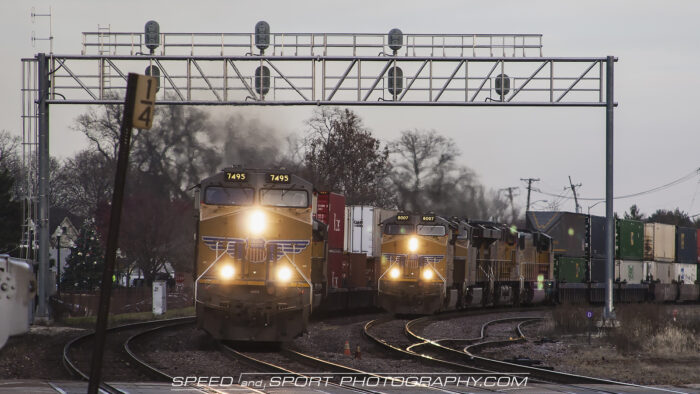
On the used market, a 6 to 12 megapixel DSLR can be had for as little as $60 – $150 from reputable dealers in excellent condition. All of this is to say you can get into photography today without breaking the bank. A good used body, a couple good lenses, can be acquired for a few hundred (not thousand) dollars. After that as your interest grows, and skills improve, you will have a better idea of what equipment is best for what you want to accomplish with your photography. I have spent years building my equipment bag. Buying new Gear as needed, and not falling into the I’ve to have the newest toy trap. New gear with new features, and capabilities is great, but before shelling out thousands of dollars, ask yourself if these new features are a benefit to you, and if so just how much of a benefit. Also how much will you make use of them.
The type of photography you choose, will guide your future gear purchases. By that time you will have a much better idea what tools you need to accomplish your photographic goals.
Joel
